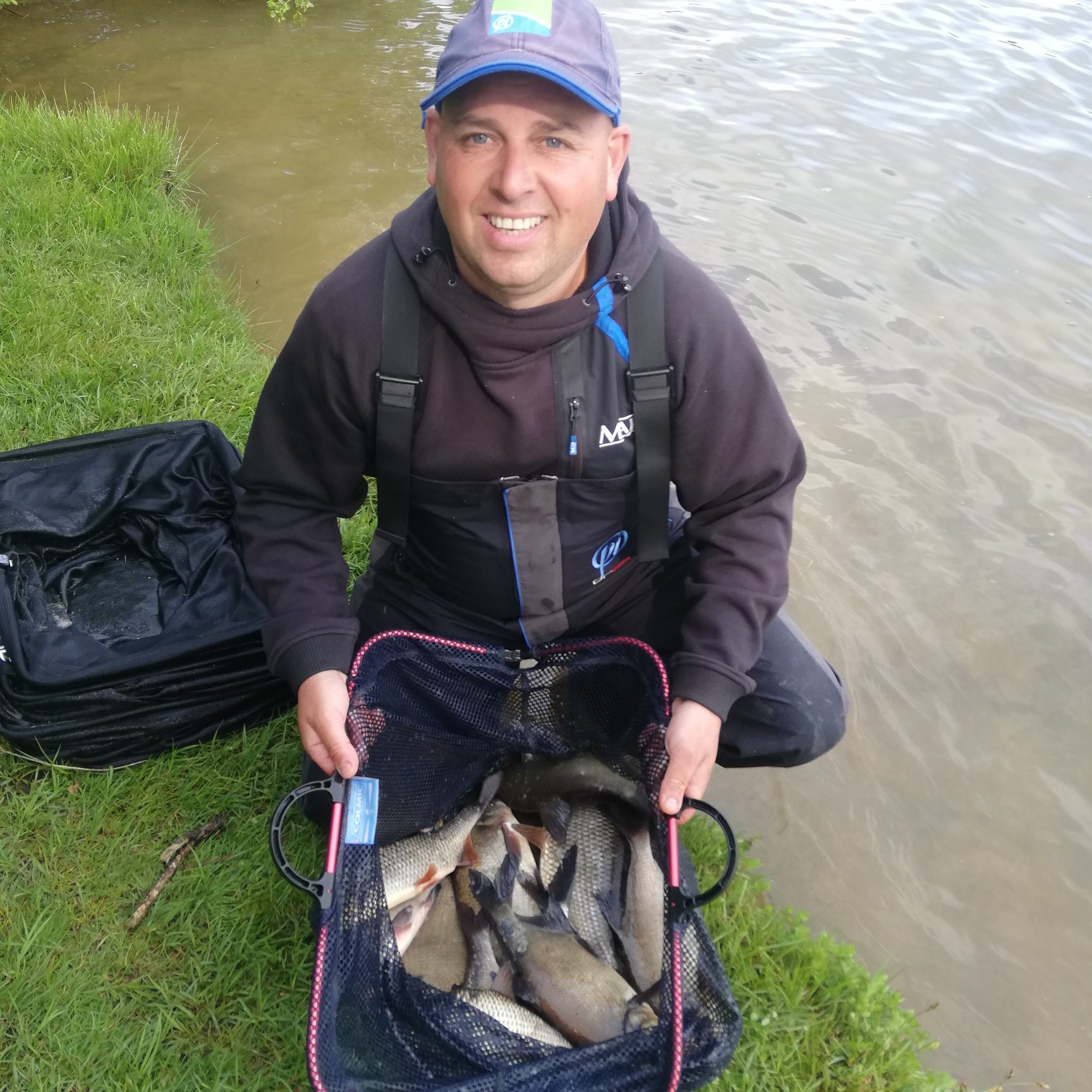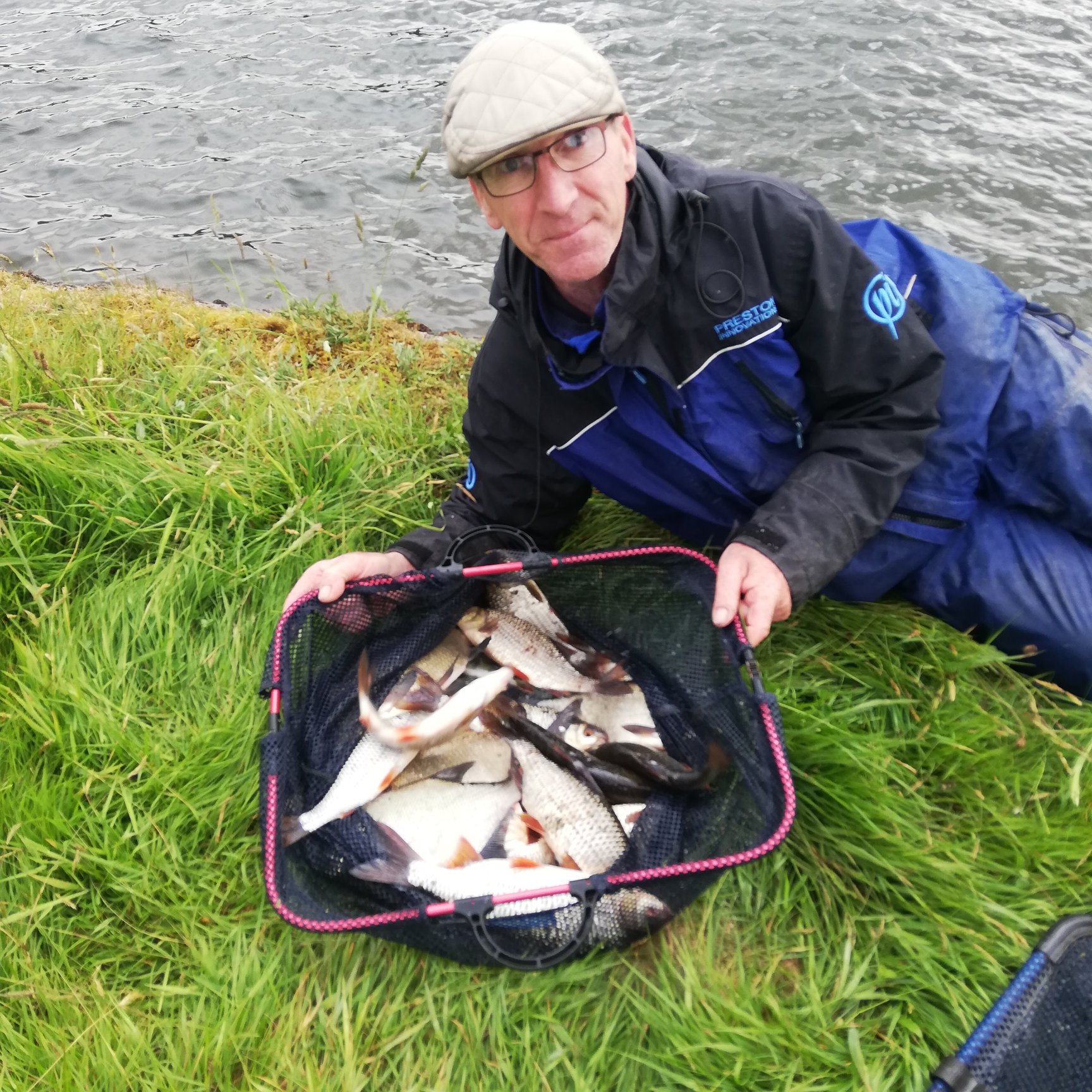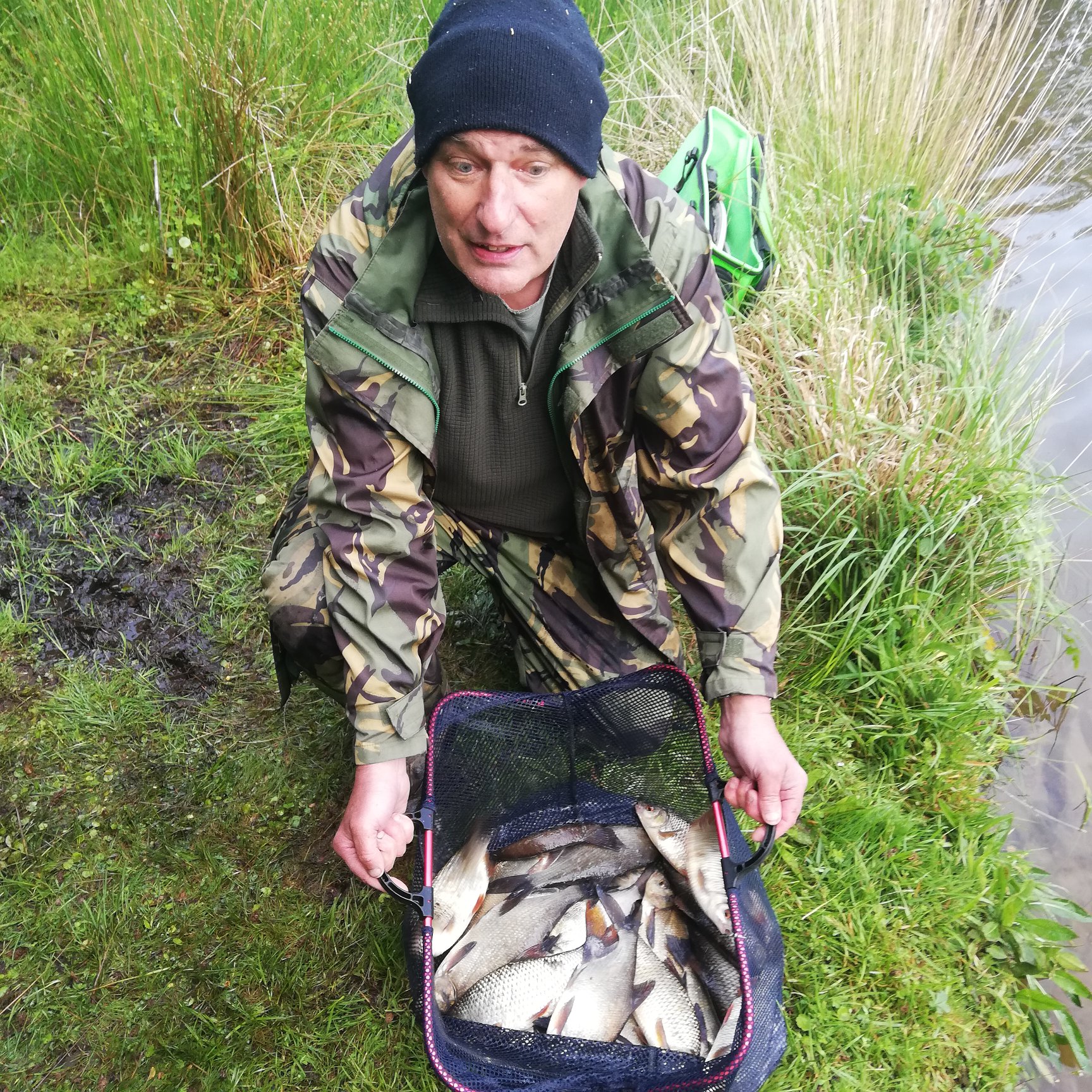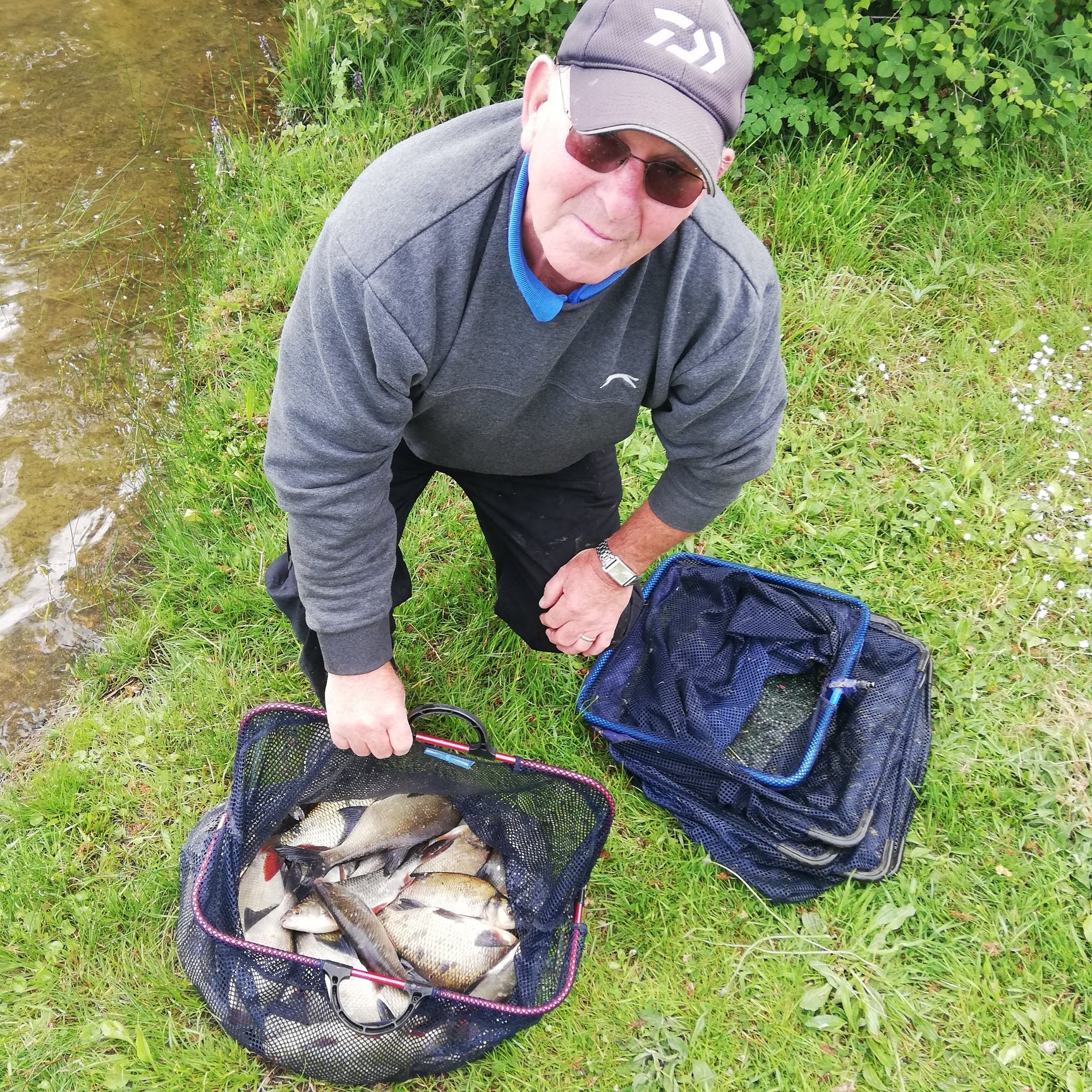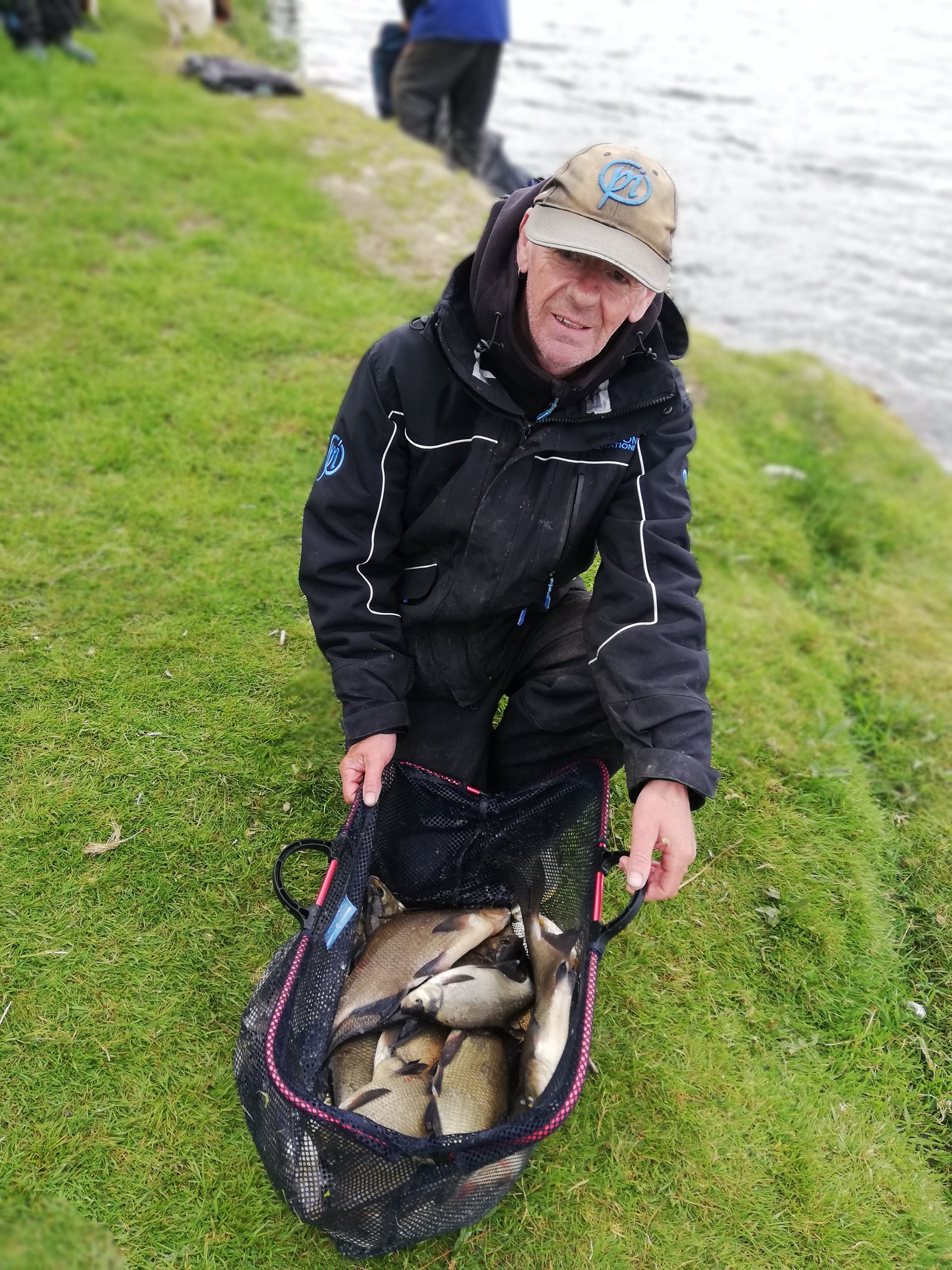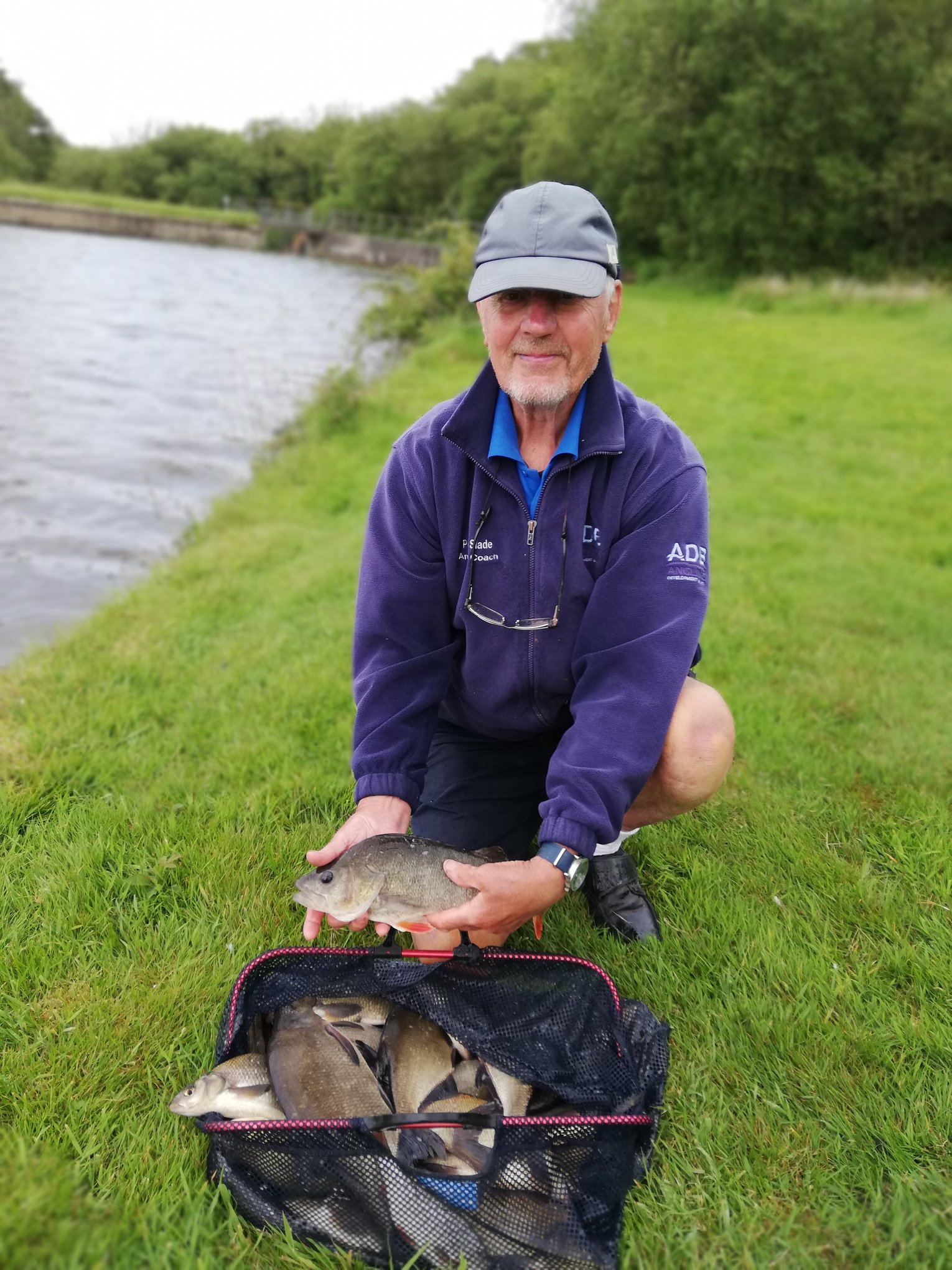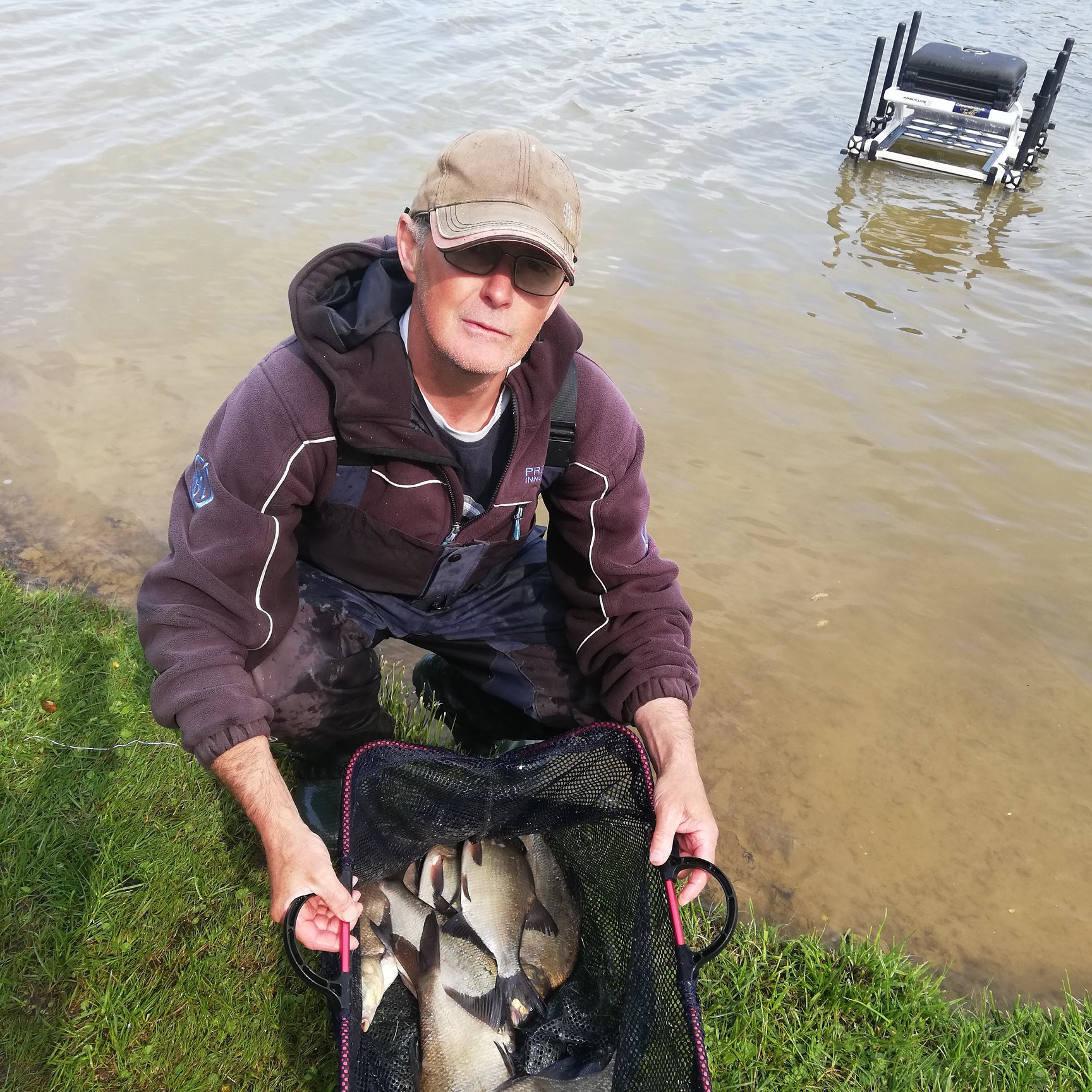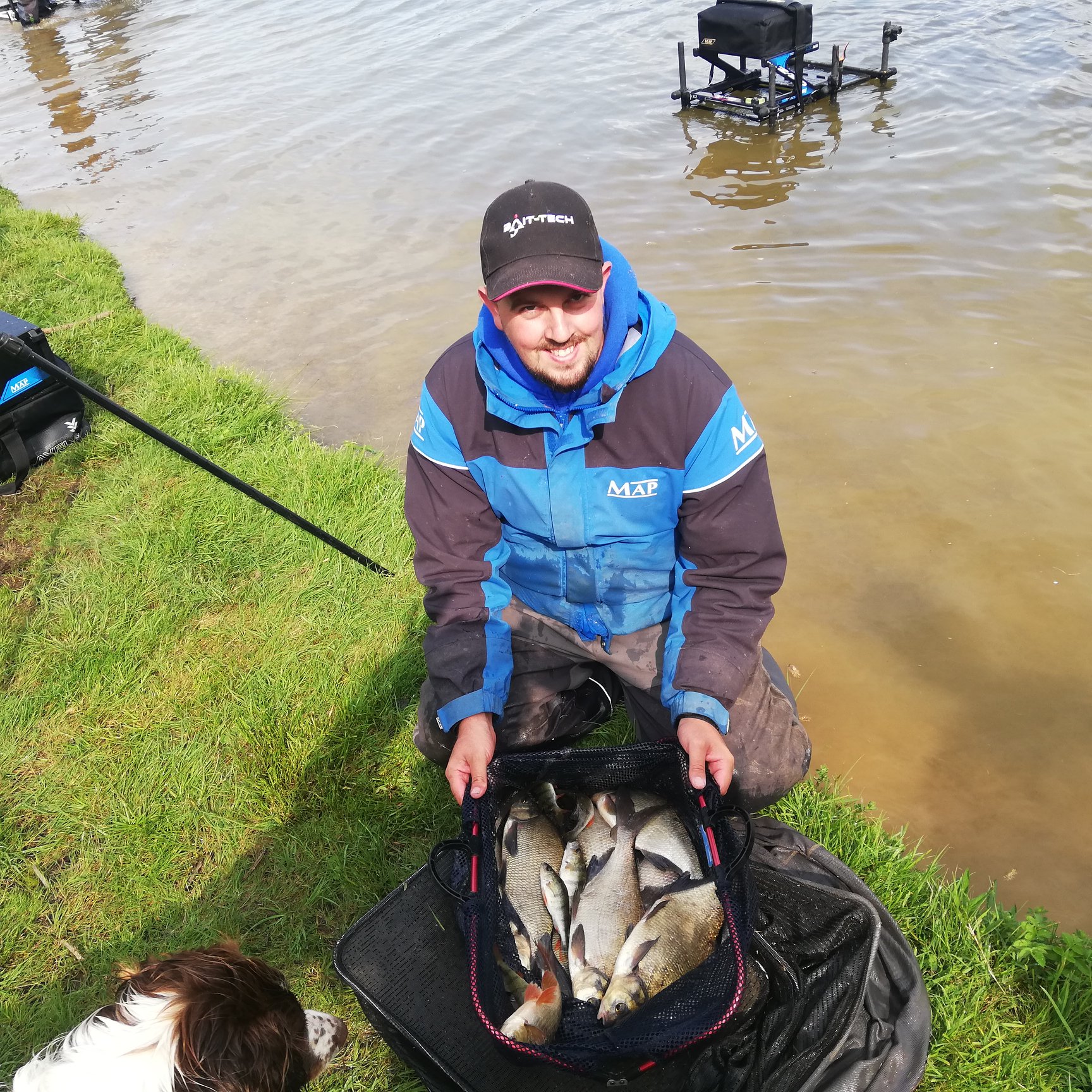Summers coming with mackerel and tope coming to Ilfracombe Charter boats.

(Below) Tope caught on Reel Deal
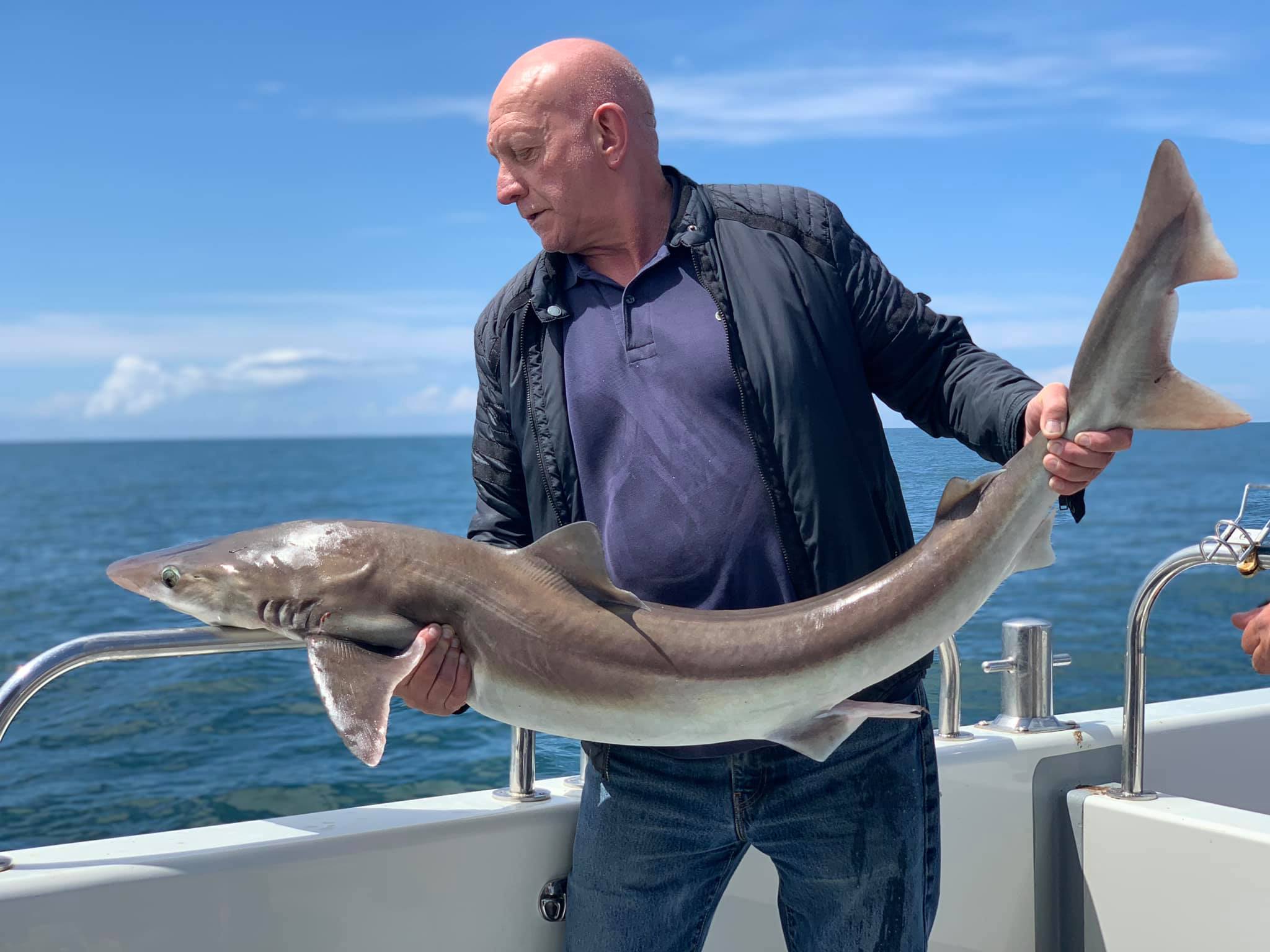
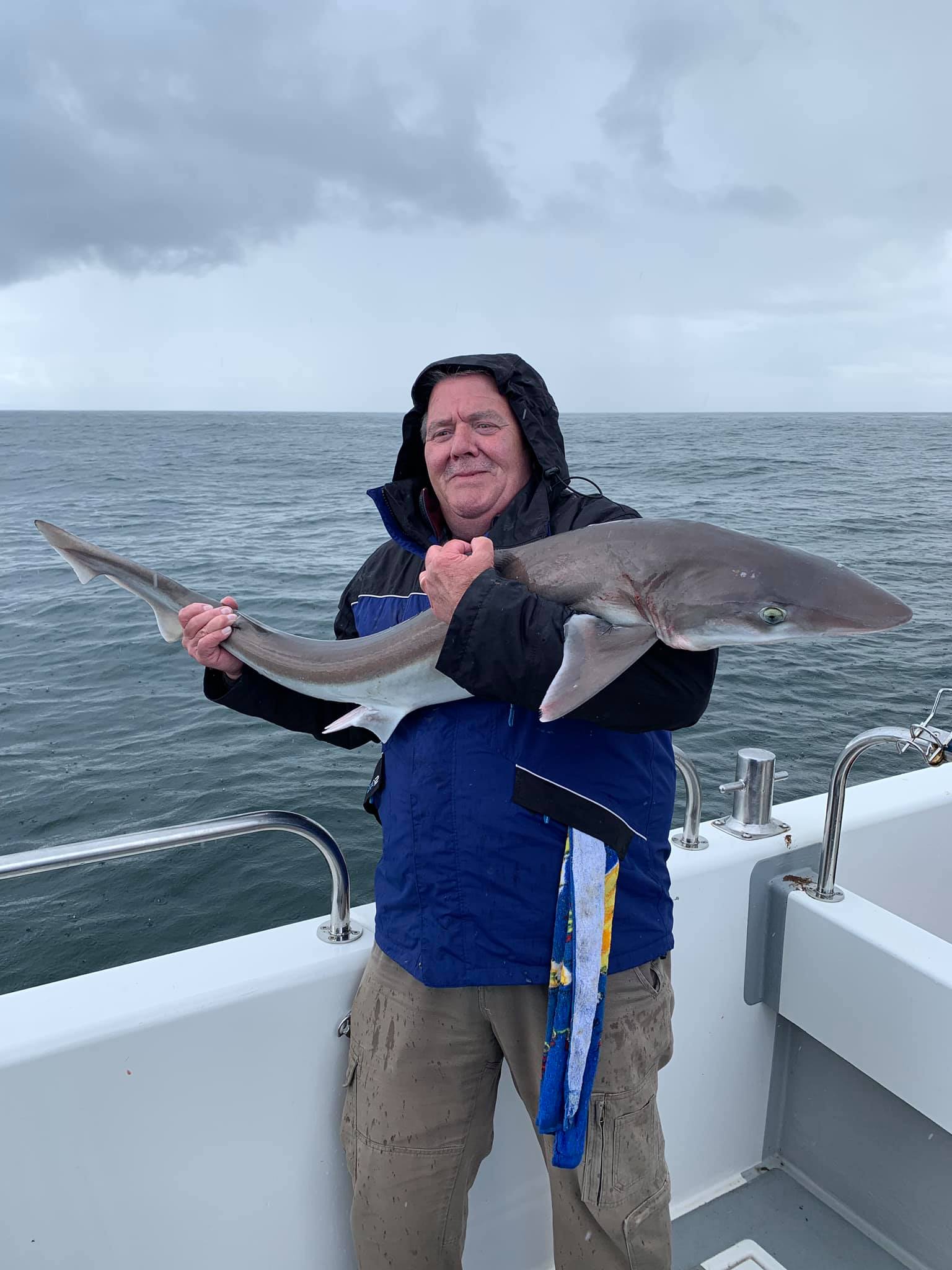
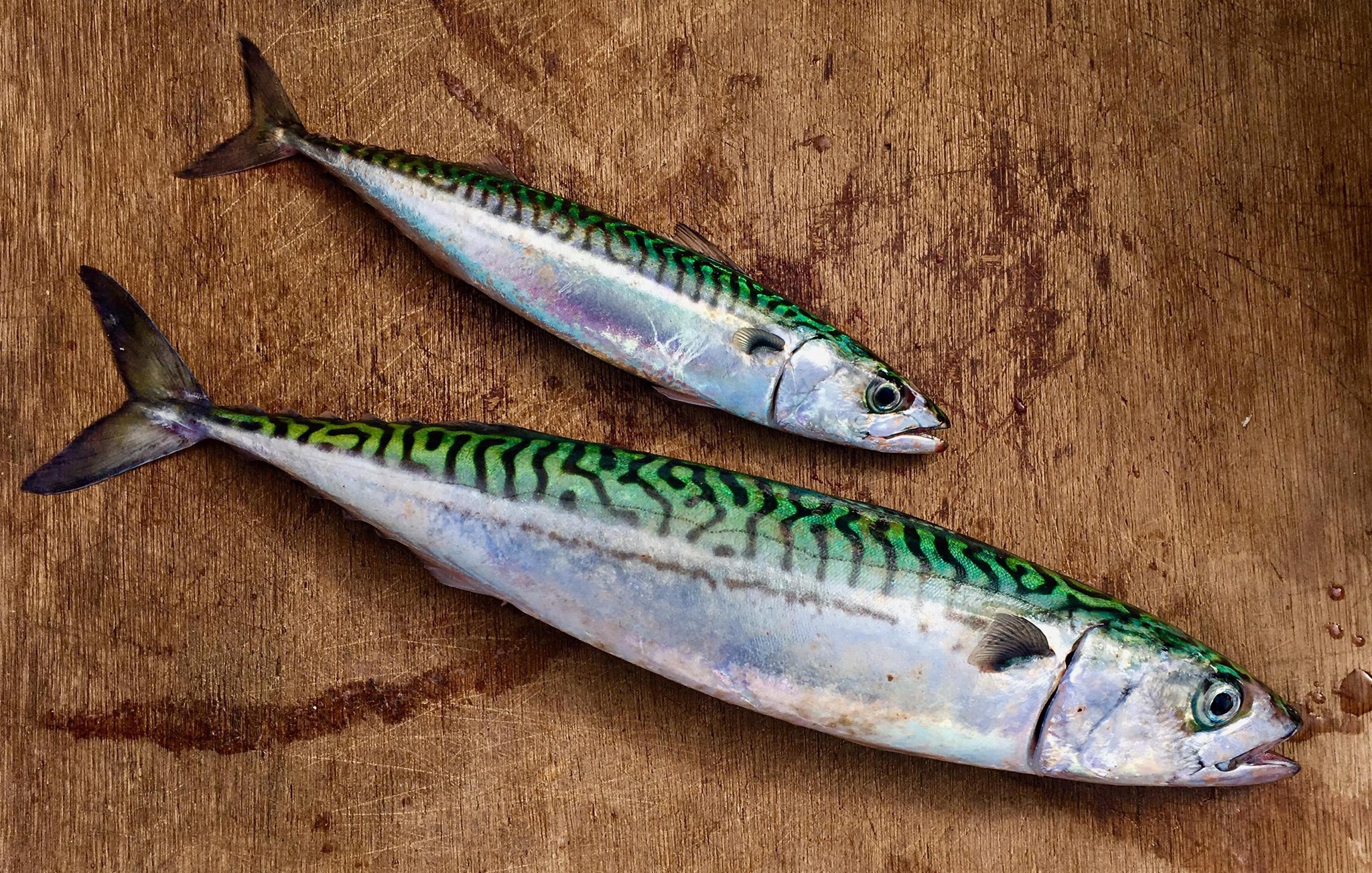
Combe Martin SAC’s Open Fishing competition got underway on Saturday and concludes next Saturday night with a presentation at Lynmouth Maritime Regatta. The top cash prize is for the best mixed brace.
Rob Scoines got his campaign off to a good start landing a rockling of 1lb 10oz. Rob also caught a small smoothound.
Matt Jeffery has registered a dogfish of 2lb 7oz.
Both anglers will be trying to add their second fish and with a week of fishing left there is plenty of time.
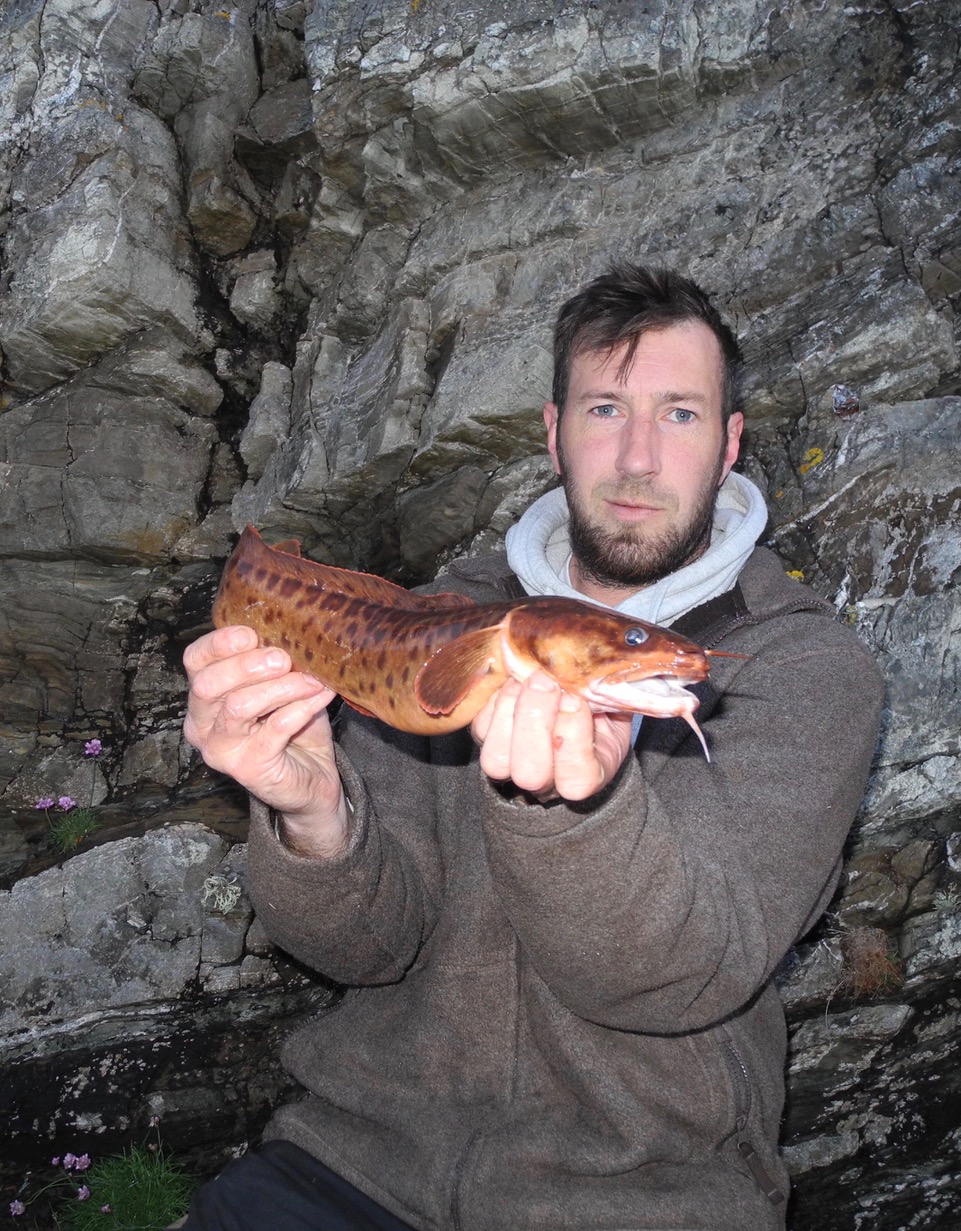
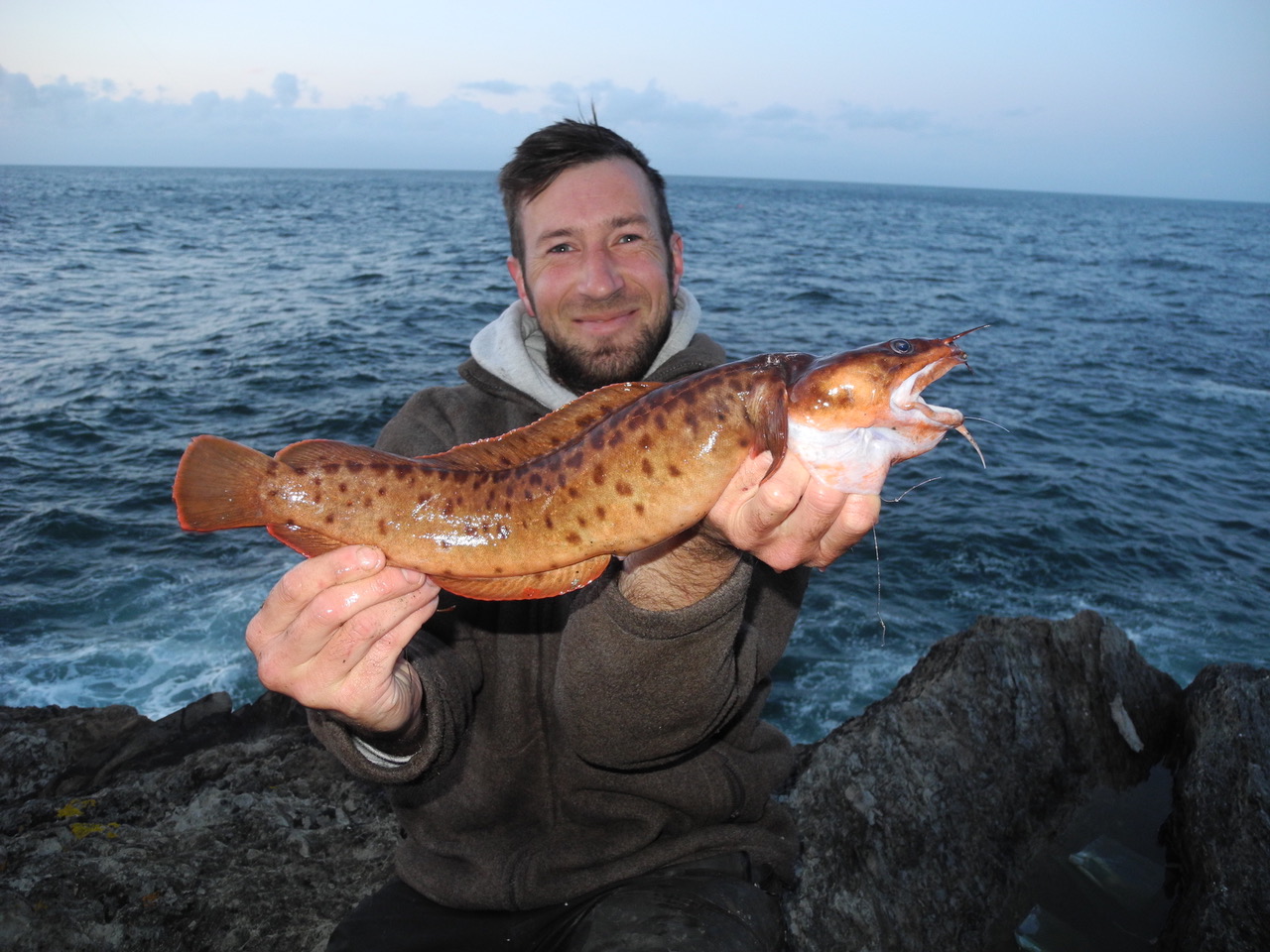
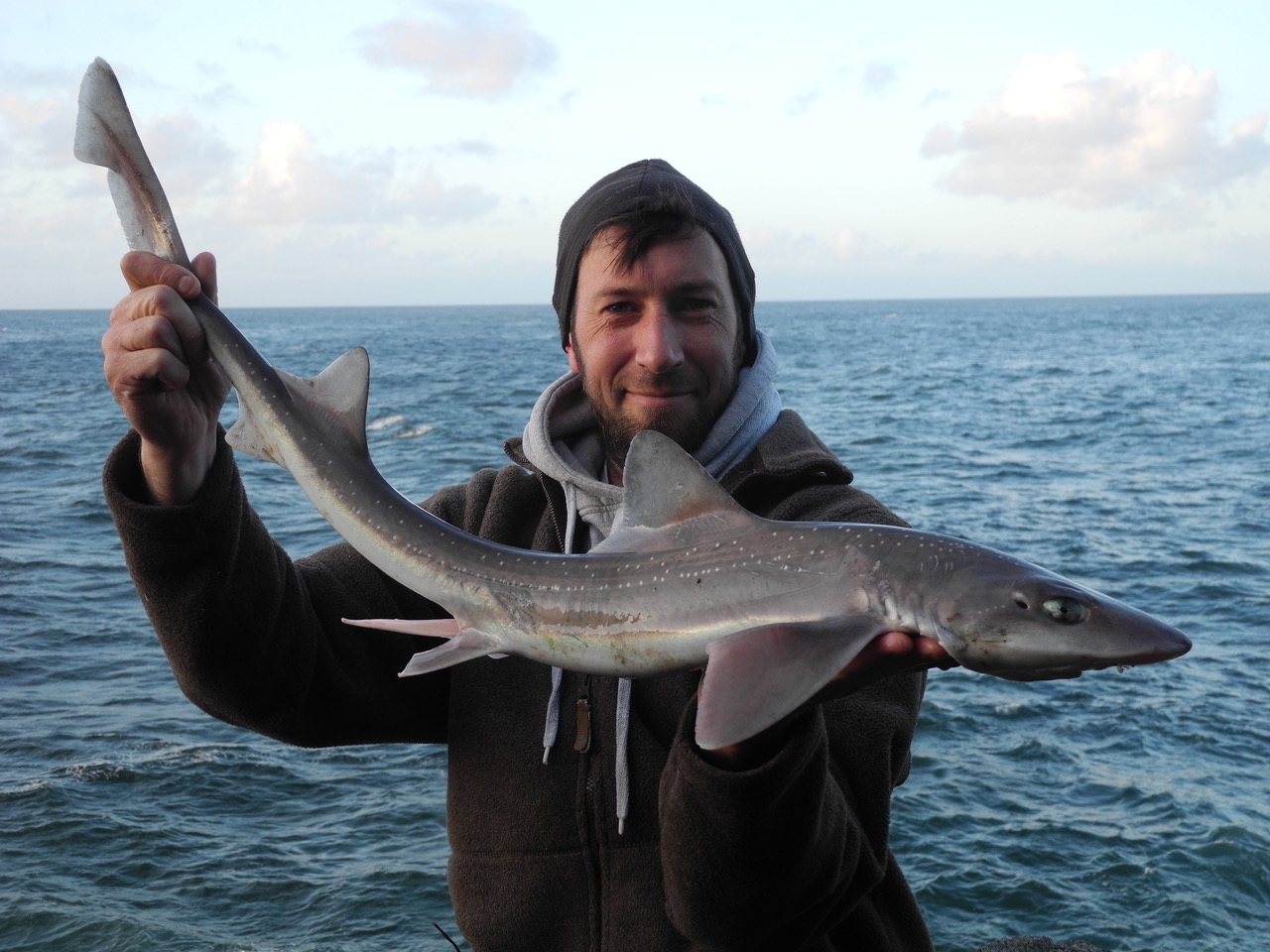

Wistlandpound Fly Fishing Club visited Exe Valley Fishery to compete for their Holland Trophy electing to fish a combination ticket allowing members to retain their first three fish for the competition and release three on a catch and release basis. Omens were good as we arrived to purchase our tickets with an angler walking away from the lake with a stunning rainbow. Neil Kyle had tempted the 12lb 8oz rainbow using a small bloodworm fly.
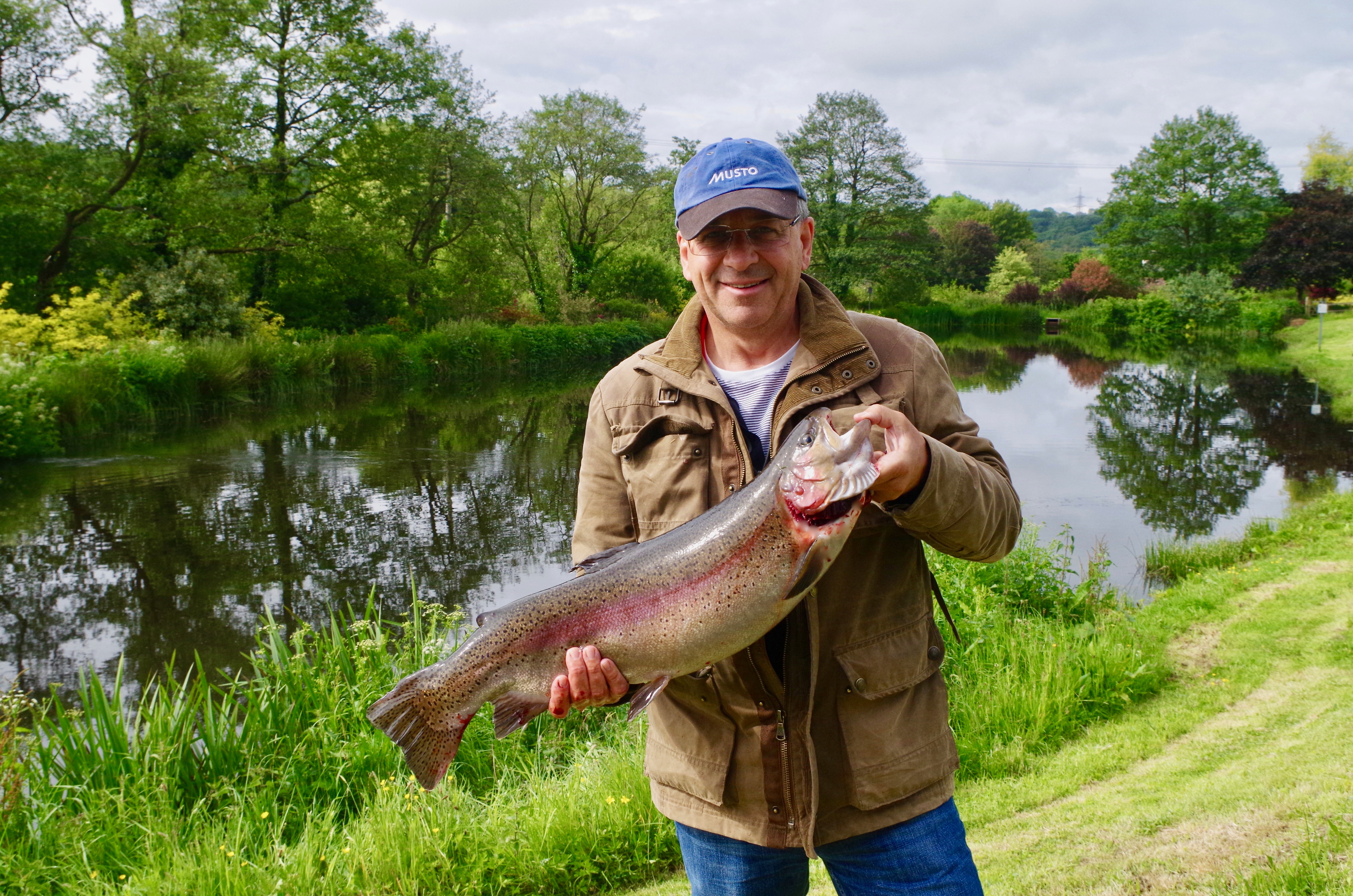
On arrival at Anchor Lake trout were moving all around with rises and bulges on the calm surface. Members were soon into fish with a variety of tactics succeeding until as is often the case the fish started to wise up. I tempted a fish after a short while using a small booby on the point with two buzzers on droppers. A pleasing trout of around 3lb taking the booby on the point.
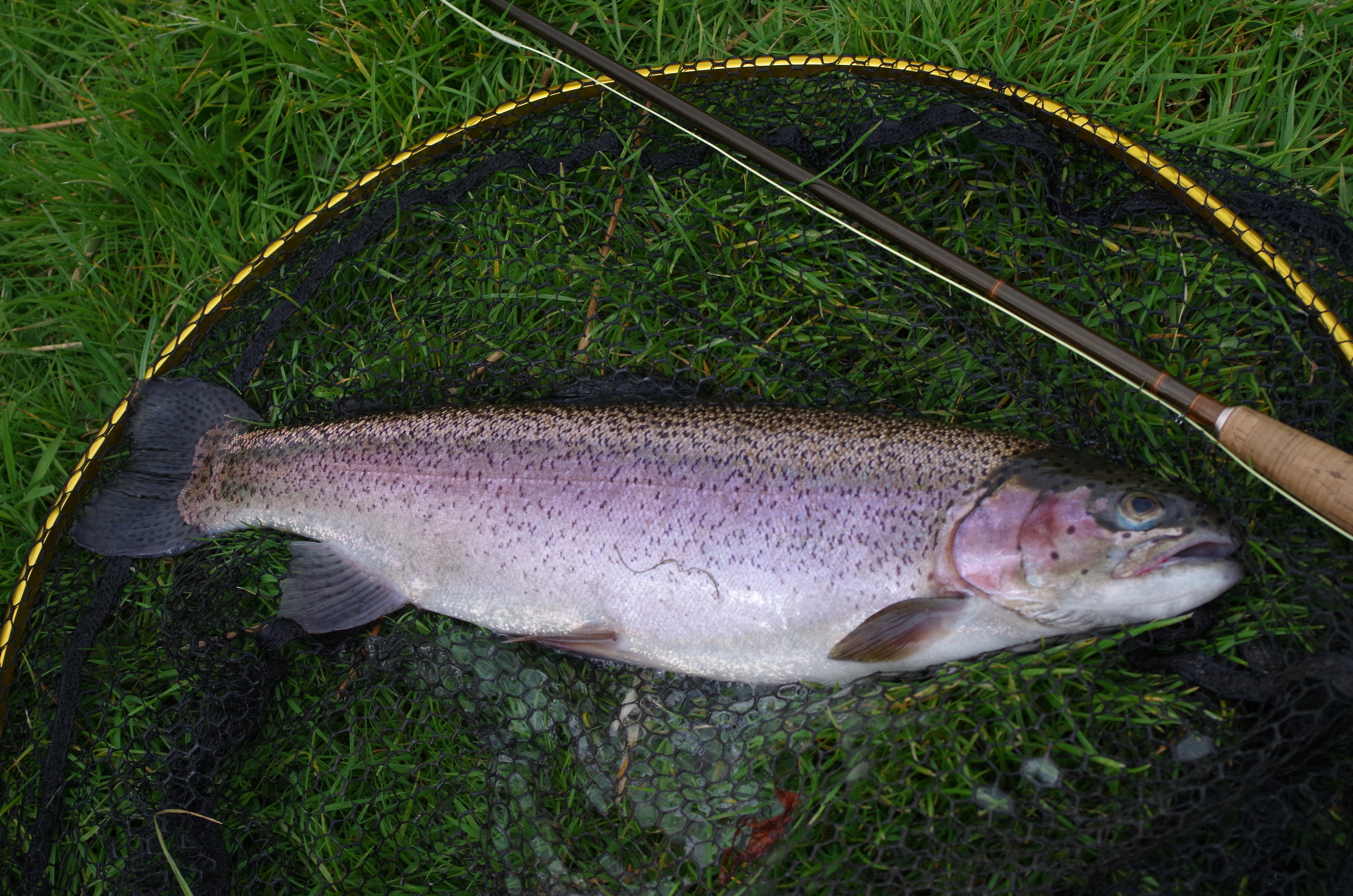
After this I struggled for a while and chatted with club secretary Dave Richards who had already taken his bag of three using a briskly retrieved lure. Not one to persist with finesse if it’s not working I switched to a large damsel nymph with long marabou tail. My bag was soon complete. It was now time to go catch and release and for this I elected to scale down to a 4lb point with a tiny grey duster dry fly. I spent the next half an hour flicking the fly at individual rising fish savouring that delicious moment of deception as the trout rose to the fly slurping the fly down and then feeling that moment of success as line tightened followed by a bucking rod and screaming reel. Strange how I had struggled to catch my three and then as soon as I went catch and release the fish came with ease.
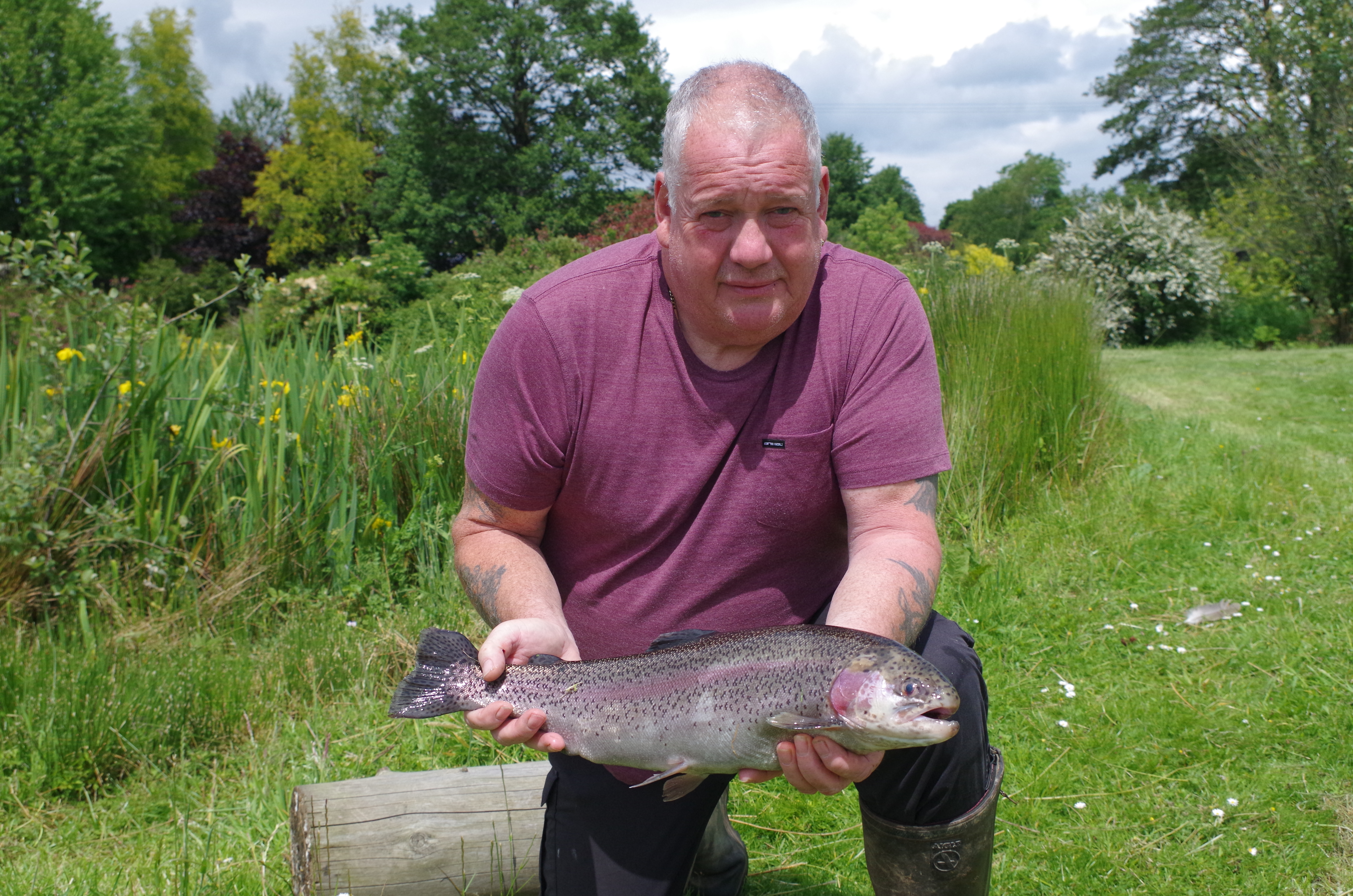
As storm clouds gathered it was time to travel back home and enjoy the drive across the stunning Exmoor landscape. On the way I popped into Dulvertons’ excellent bookshop Rothwell & Dunworth where I picked up a pleasing book entitled ” Fishing a Highland Stream” A Love Affair With A River by John Inglis Hall.
The results of the competition were :-
1st = Dave Richards & Colin Combe both landing three trout for 9lb 8oz
2nd Wayne Thomas – Three fish for 7lb 4oz
3rd – Nigel Bird & Dave – with single rainbows of 4lb each
Colin Combes also released a fine rainbow of close to 10lb.
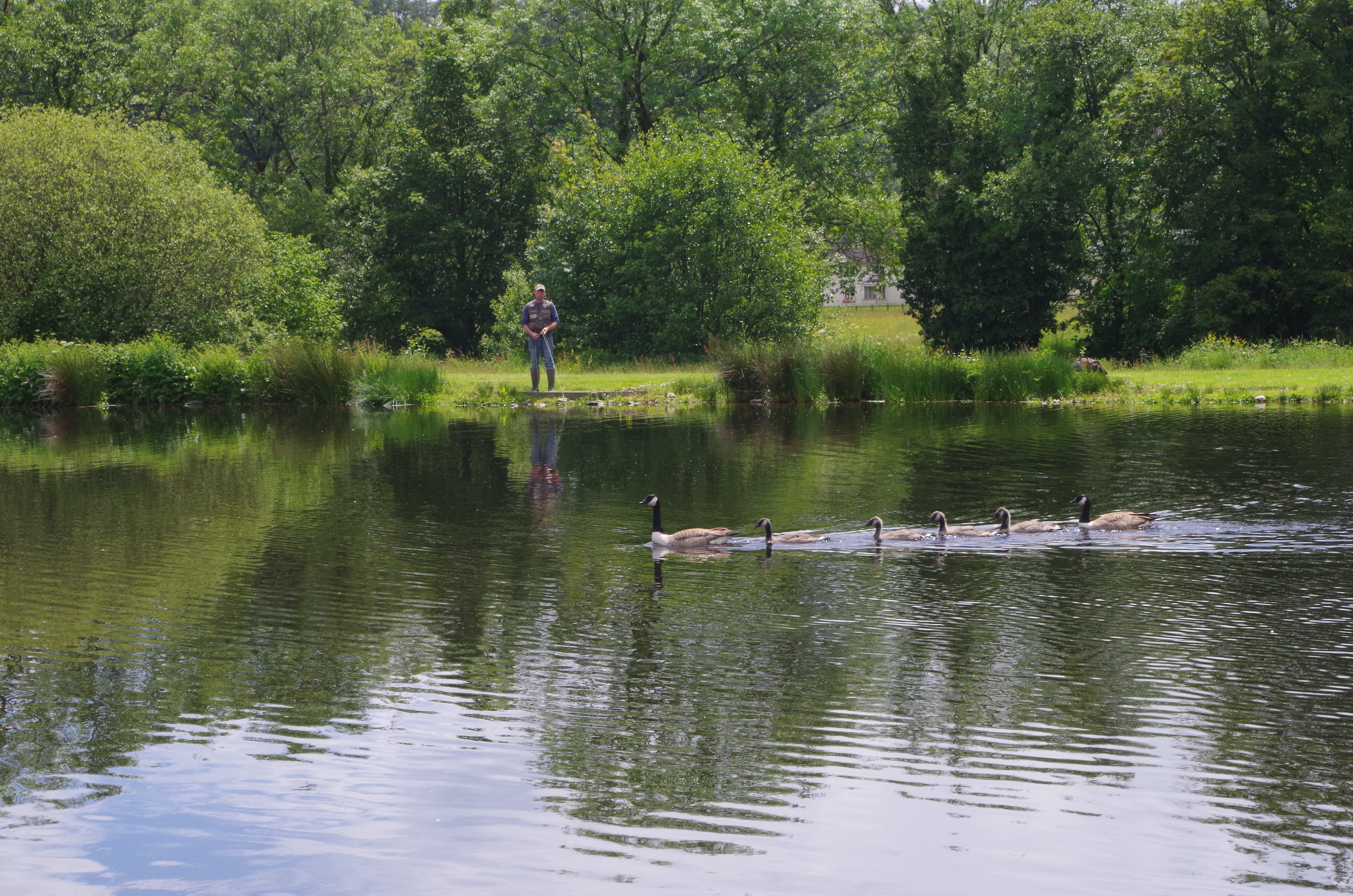
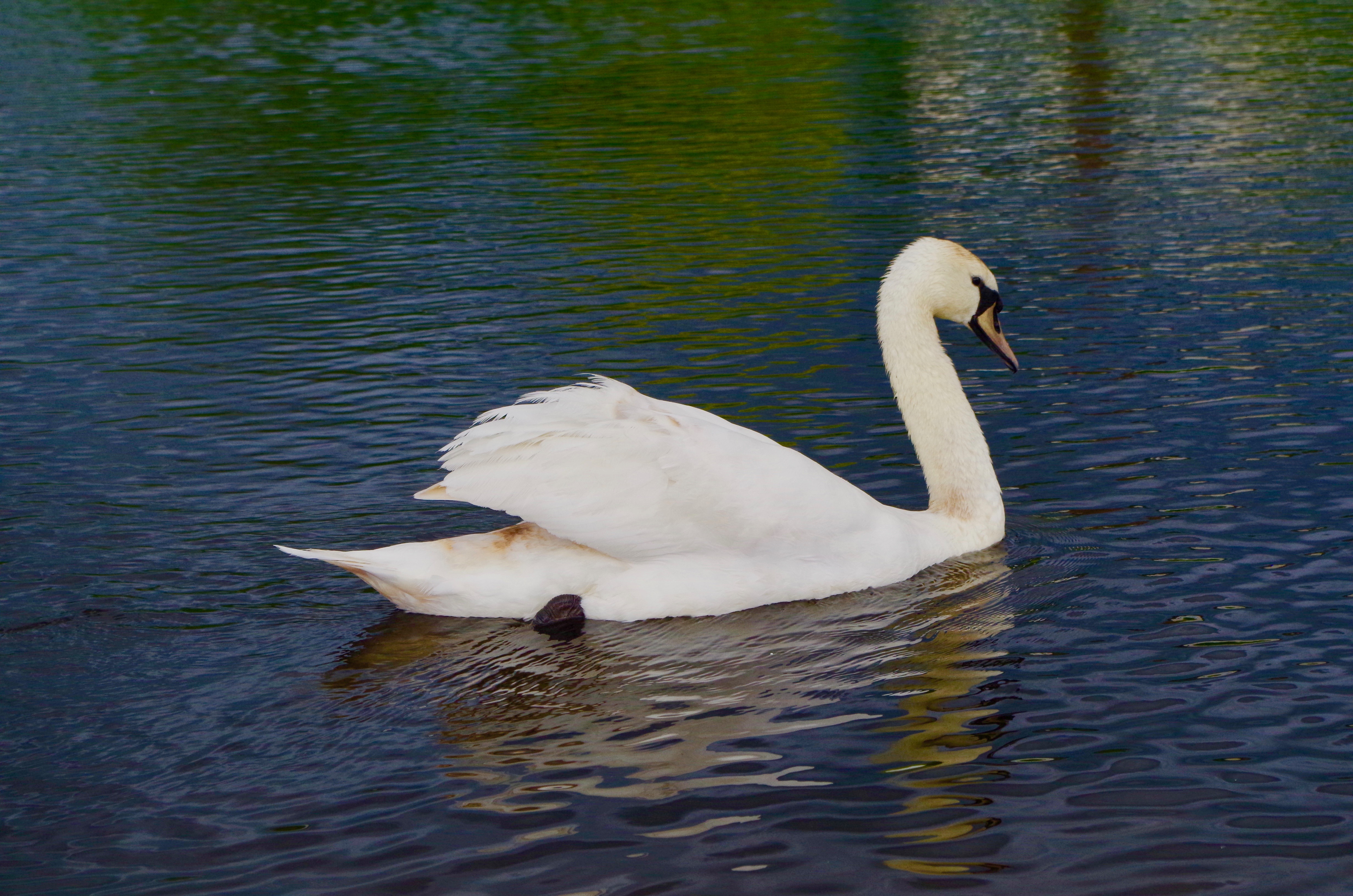

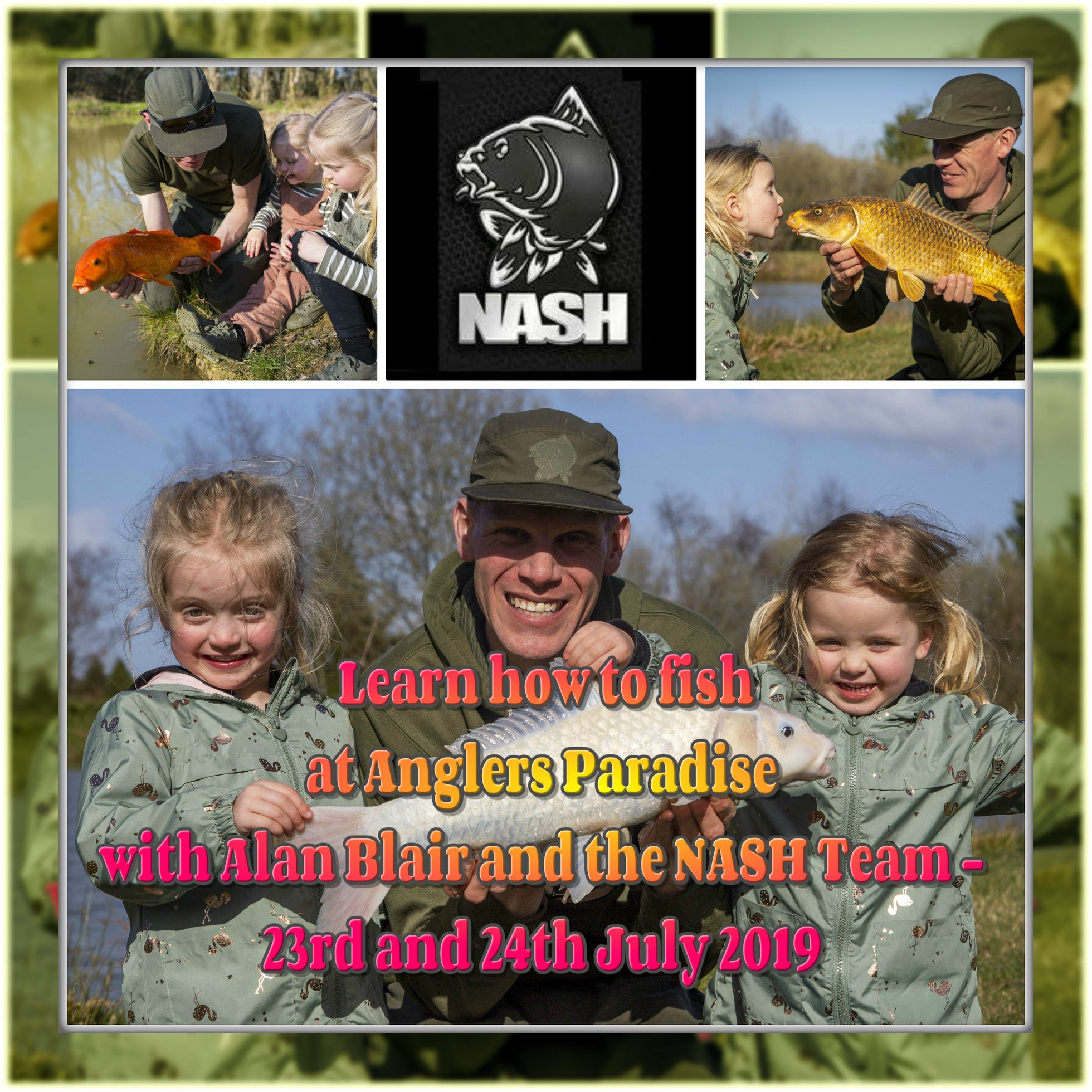
**GETTING KIDS FISHING DAYS WITH NASH AND ALAN BLAIR AT ANGLERS PARADISE**
Zenia Gregorek says –
“We are very excited to announce that the Nash Team with Alan Blair will be joining us at Anglers Paradise on 23rd and 24th July to encourage more Kids to go Fishing!
On Tuesday 23rd July we will be hosting the Kid’s Fishing Day for the Anglers Paradise Kids that are staying with us and on the 24th July it will be open to “All Kid’s” and we will be fishing at Anglers Eldorado.
All tackle and bait will be provided by Nash, they’ll be a goody bag for each Kid to take home and they’ll also be Prizes to be won! Our whole aim is to show Kids how much fun fishing is and start them on their fishing journey the right way!
If you would like your Child to join in then please contact Zenia on 01409221559 to book their place ASAP before it gets fully booked! ”
Time to share our passion for angling with the future generation! — with Alan Blair Urban Banx, Nash Tackle and Zenia’s Fishing Adventures.

Mark Brett had several stunning common carp from Jennetts a few weeks ago the scales read 24lb 10oz, 23lb 6oz, 21lb 4oz and 27lb 7oz.
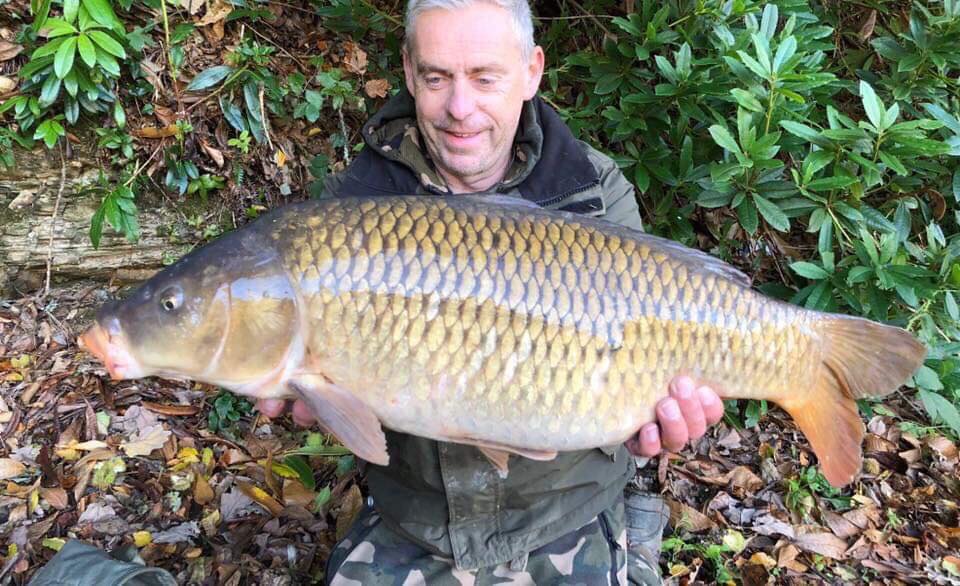
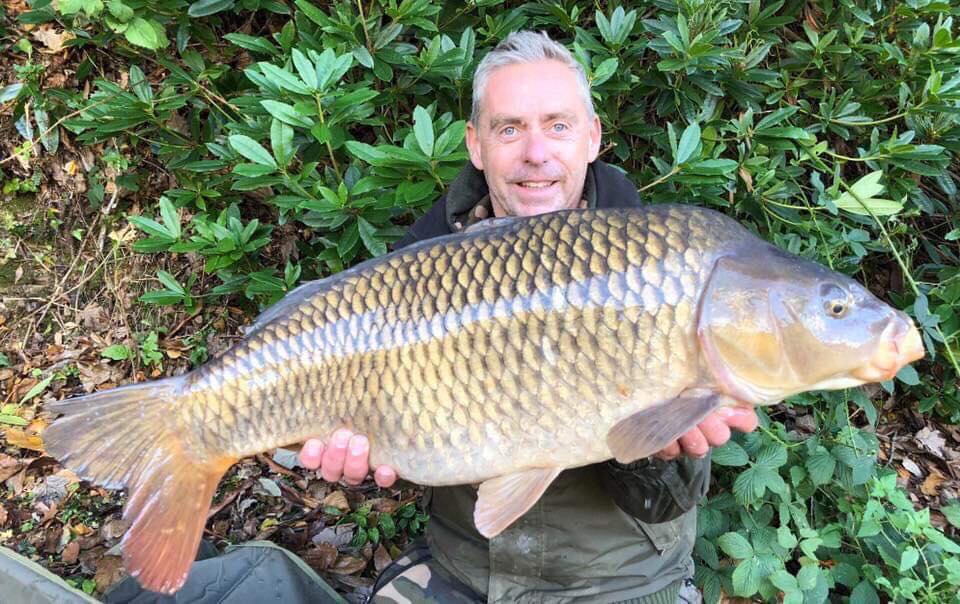
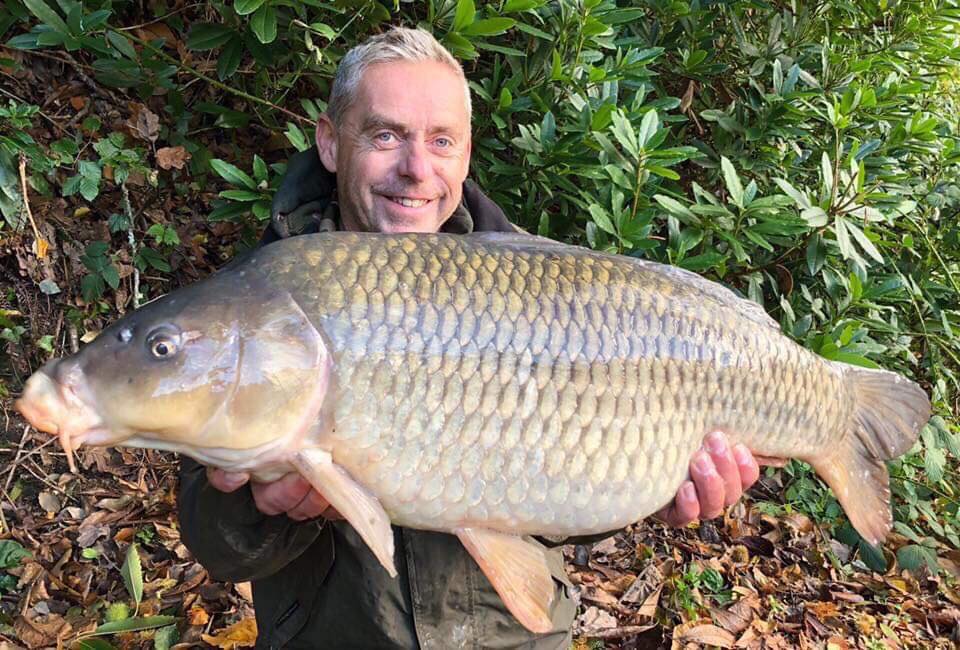

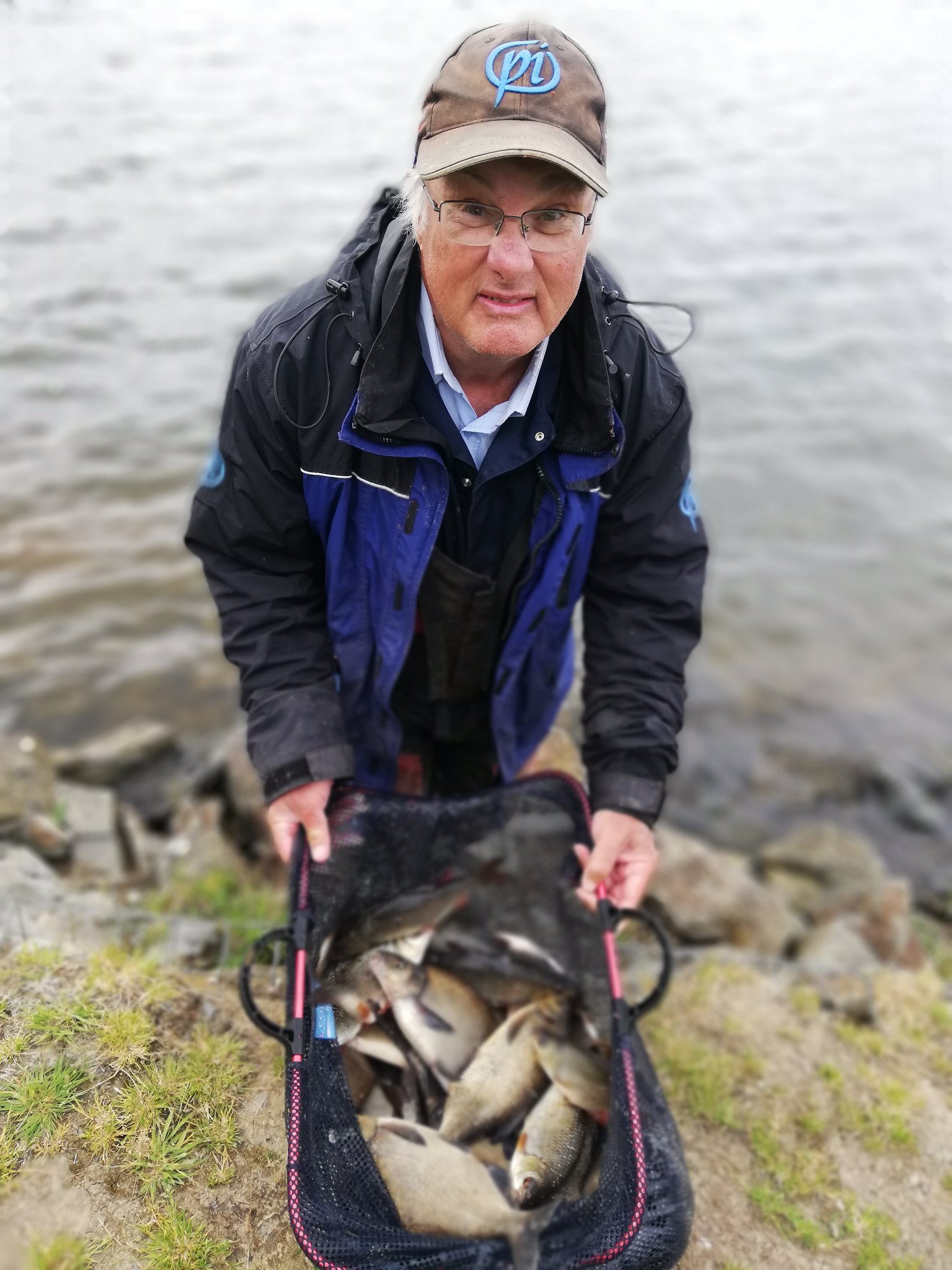
North Devon Match Group Summer League No.3 @ Melbury Reservoir
1st Paul Elworthy 50lb 12oz
2nd Stuart Shelley Burridge 22lb 2oz
3rd Kevin Shears 21lb 2oz
4th Colin Cherrington 20lb 6oz
5th Pete Slade 20lb 5oz
6th Mark Richards 18lb 5oz
14 anglers took part in the event ,,conditions were mild and wet, good nets of both skimmer bream and quality roach featured from all around the lake. Veteran Paul Elworthy took full advantage of a reasonable draw to completely dominate the match with a faultless display of feeder fishing from peg 1 , 2nd spot was more closely fought , Pauls travelling partner Stuart Shelley took it with another feeder catch from peg 10 by the hole in the wall. Kevin came in third next peg to the winner also with a feeder catch. .Colin’s 4th place is worthy of a mention from peg 9 ,not normally in the draw bag, and his 1st visit to the venue .
